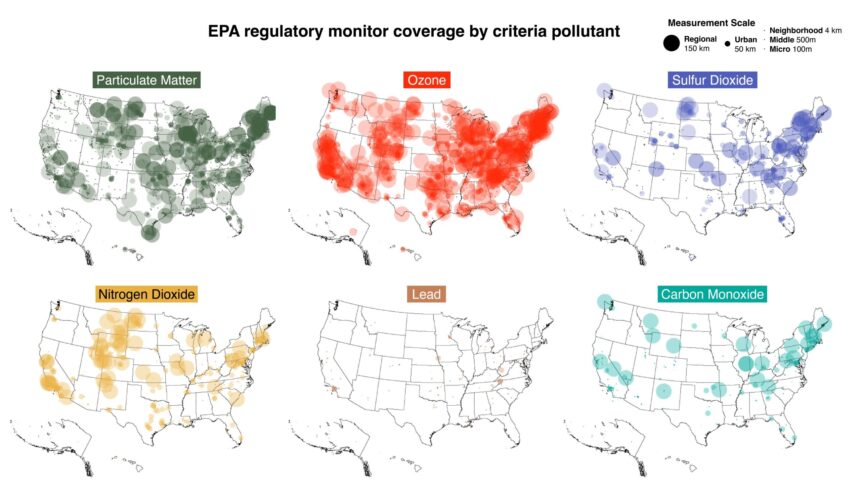Recent research conducted by the University of Utah has shed light on the disparities in the U.S. Environmental Protection Agency’s (EPA) air quality monitoring network. The study revealed that the EPA’s monitors are disproportionately located in predominantly white neighborhoods, resulting in inadequate monitoring of air quality in communities of color. This discrepancy was particularly pronounced for pollutants like lead and sulfur dioxide, as well as ozone and carbon monoxide.
The distribution of EPA regulatory monitors plays a crucial role in influencing decisions related to pollution reduction, urban development, and public health initiatives. However, the unequal placement of monitors can lead to a misrepresentation of pollution levels, putting marginalized communities at greater risk.
Lead researcher Brenna Kelly, a doctoral student at the University of Utah, emphasized the importance of understanding whose air quality is being measured by these monitors. The study highlighted the lack of representation for communities of color in the EPA’s monitoring network, with significant disparities observed among various racial and ethnic groups.
The study, published in JAMA Network Open, underscored the need for equitable distribution of air quality monitors to ensure accurate and inclusive data collection. By mapping monitor locations and demographic information at a neighborhood level, the researchers revealed systemic monitoring disparities across different pollutants.
Addressing the issue of biased data in air quality monitoring is crucial for ensuring the fair application of artificial intelligence tools used in data analysis. Simon Brewer, a co-author of the study and an associate professor at the University of Utah, emphasized the need to reevaluate the decision-making process behind monitor placement to promote equitable distribution.
The findings of the study have significant implications for fields like population health and urban planning, where accurate air quality data is essential for informed decision-making. The research also underscores the importance of responsible data practices in an increasingly data-driven society.
More information:
Brenna C. Kelly et al, Racial and Ethnic Disparities in Regulatory Air Quality Monitor Locations in the US, JAMA Network Open (2024). DOI: 10.1001/jamanetworkopen.2024.49005








